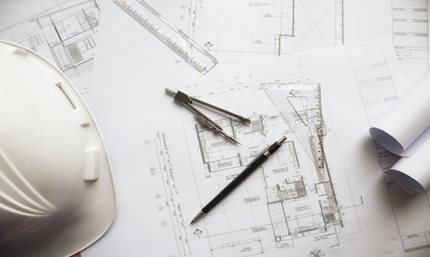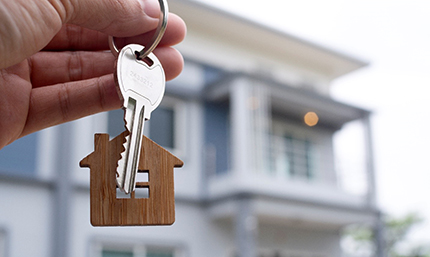News & Tips
Home Improvement Tips and Strategies
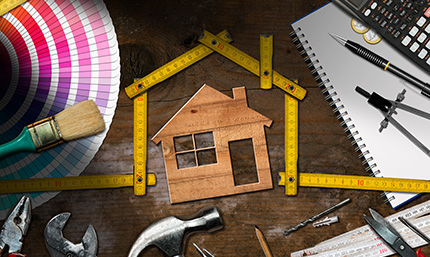
Whether you’ve just moved into a new house (Congrats!) or you’ve lived at the same place for a few years, you may like to embark on a home improvement project for a number of reasons. From minor updates to major upgrades, if you’d like to make some changes, it’s important to get a plan in place before beginning a project. Here are six home improvement tips with some project ideas along the way that will help add value to your home and save money in the long run.
1) Keep up with regular home maintenance.
Before investing thousands of dollars in a remodel, it’s a good idea to keep your home in ship shape with regular maintenance to help you prevent any expensive incidents (and save you more money for future projects).
Here are some ways to maintain your home:
- Service your heating & air conditioning system annually and replace air filters every 3-6 months
- Deep clean areas of your home: fridge coils, carpets, gutters, dryer vent
- Weatherproof your walls, doors, and windows (check their alignments and seal any gaps)
- Check batteries in smoke detectors
Always have an emergency savings fund in place with 3-6 months’ worth of expenses to help pay for unexpected home repairs.
2) Prioritize your remodeling plans.
What do you have in mind to improve your home? Perhaps you’d like to spruce up your landscaping, upgrade the countertops, install a new shower, or add a porch or deck (all of these will likely add value to your home). Be careful about following popular trends because they change frequently and may not be popular when it’s time to sell your home. After you’ve made a list of all that you want to accomplish in your remodel, consider your needs and lifestyle, and prioritize what’s most important to you.
Here are some remodeling ideas for your home:
- Install energy-efficient appliances and devices. Energy-efficient appliances, such as dishwashers, washers/dryers, hot water heaters, and fridges, along with smart thermostats and smart bulbs, will help you lower your gas and electricity bills. These are all things that will also appeal to potential homebuyers when selling your house.
- Since Florida’s known for its warm and tropical weather, it’s a good idea to have blackout curtains or shades to help keep your home cooler and cut costs too. Or, consider window tinting that can reflect the sun and heat, which can also provide some resistance to shattering during hurricane season!
- To cut your water bill, install water-saving faucets, showerheads, and dual-flush toilets.
- Replace lighting fixtures. If you’d like to improve your home without investing too much money, consider replacing your lighting fixtures to brighten up your home. Remember that although LED lights cost more upfront than incandescent choices, they use 90 percent less energy, so they are more cost-effective over the long run.
- To start, replace dated ceiling fans and other lighting fixtures with modern globes and install dimmers. Next, consider new sconces or other forms of outdoor lighting that match your home’s architecture and your personal sense of style. Exterior lighting will also make your outdoor space more attractive and safe, allowing you to enjoy more time outside.
- Give your home’s interior and exterior a fresh coat of paint. This will make a dramatic difference. To bring more curb appeal to your home, choose neutral colors (grays, beiges, whites) to paint the outside of your home. Painting your front door black, slate blue, and olive green will make a great first impression for curb appeal, but if you live in a neighborhood managed by an HOA, make sure to refer to their rules before buying paint that can be seen from the street. Many HOAs require approval by an architectural review committee prior to a homeowner making exterior changes, including paint colors. Inside your home, painting an accent wall can make a large space like your living room pop.
3) Get an estimate for your project’s costs.
Once you’ve decided on your remodeling project, reach out to contractors for estimates. Don’t be afraid to shop around and get some quotes! Consider asking other homeowners or even your realtor for contractor recommendations too. It’s a good idea to read reviews about every contractor and check for any complaints with the Better Business Bureau or Florida Attorney General’s office. Always ask contractors about their insurance details, licenses, and payment requirements: deposit amounts, installment amounts, when final payment is expected, etc. You should never pay a contractor the full amount before the project is complete and approved (and passes inspection, if required by your local city/county government).
4) Create your savings plan.
With an estimate in hand, decide how you would like to move forward. By doing a little searching, you could possibly buy some parts at a better cost. In some cases, you may be able to do some labor yourself to cut costs (within reason); but always do an extensive amount of research first because you may need permits and expensive tools. Most of all, safety should always be your #1 priority—always opt to hire professionals over endangering yourself. Plus, cutting corners could cost you more in the end.
Next, open up a savings account specifically for home improvement costs. You can set up automatic transfers to this dedicated savings account on paydays so you can put it on autopilot. Your tax refund may also be a good way to pad your project savings account. Plan to save an extra 10% for any unforeseen project costs.
5) Compare financing options.
If you need some extra financing to complete the project sooner than later, consider a home equity loan, a home equity line of credit (HELOC), or a low-rate personal loan.
When you need a lump sum of money for a one-time event—such as a home improvement project—a fixed-rate home equity loan makes good sense. Because the interest rate is fixed, you can count on the same principal and interest payment each month, regardless of how market conditions fluctuate. With that said, you can always pay more on the principal because there is no pre-payment penalty on home improvement loans at Space Coast Credit Union (SCCU).
Some contractors/companies will offer you a credit card with 0% financing for a certain timeframe, but be sure you can pay the full cost within that period, or you’ll have to deal with high interest charges. Always read the fine print if you open a credit card for a home improvement project. Learn more about how to build and improve your credit here.
6) Plan for safety and launch your project.
When it’s a go for launch with your project, clear out any clutter, put up gates to keep kids and pets out, remove any items that cause obstructions, and tarp and tape the area if needed. This will help prevent any accidents and damage to anything else. Follow safety guidelines accordingly if you’re doing any labor yourself (good footwear, ear plugs, safety goggles, dust masks, gloves, non-loose fitting clothing). When you’ve completed your project, congrats! Keep saving for that next project on your home improvement list.
Why Choose SCCU for Your Home Financing Needs
Whether you’d like to buy a new home, refinance, or get a home equity loan, we offer a wide variety of home financing options at some of the best rates around. Even better, as a member, you can forget about dealing with hidden fees, pre-payment penalties, and intangible taxes. If you’re not already a member of SCCU, you can become one as long as you live or work in these counties in Florida with a $5 Share Savings account. If you have any questions, feel free to get in touch with us here.


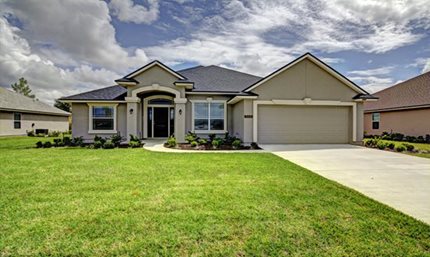







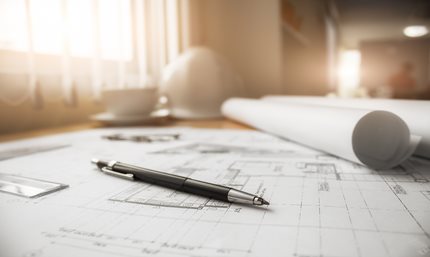




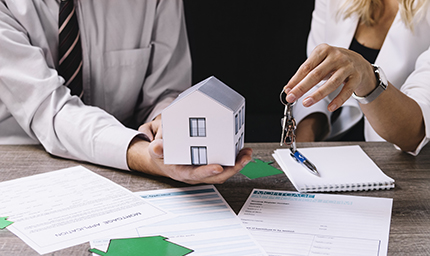


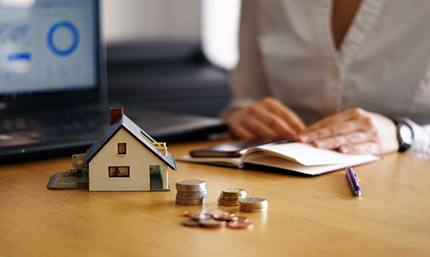
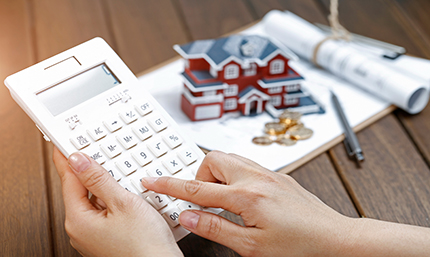





.jpg?width=430&height=257&ext=.jpg)
